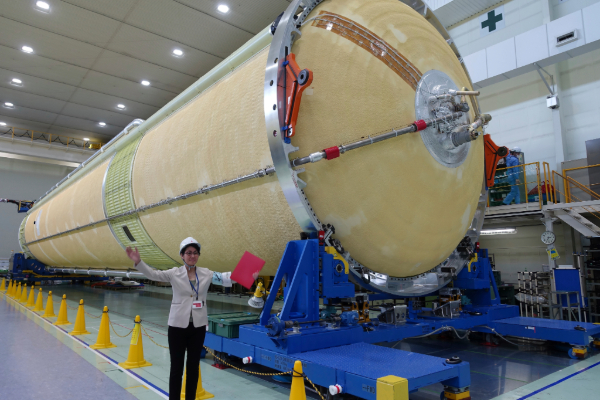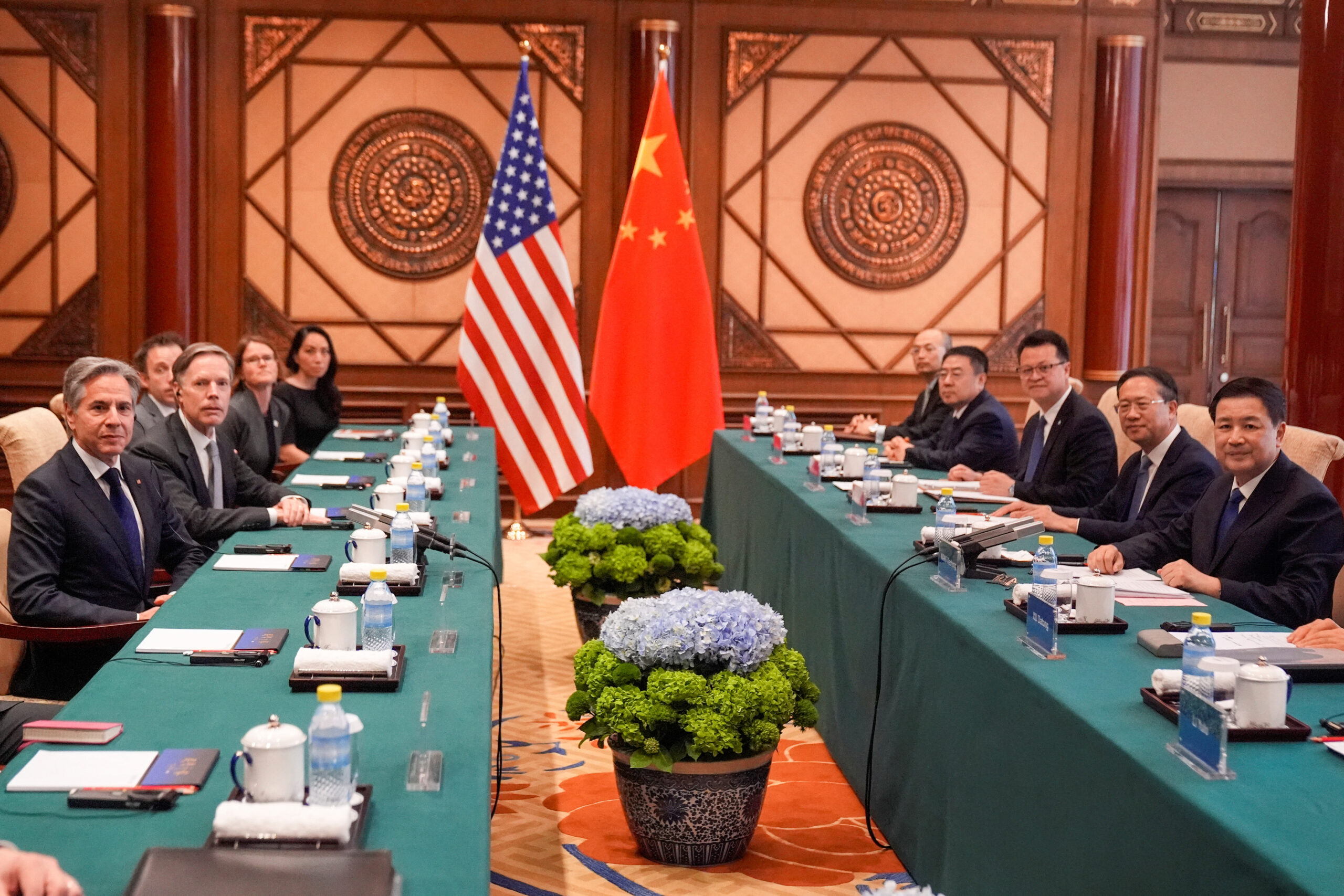Forever In Operations, The 8 Mountain Division Of Indian Arm...
Japan’s space agency says it hopes to forge a profitable launch business with its new H3 rocket

A Mitsubishi Heavy Industries staff member stands next to the top of the first stage of a H3 rocket (AP Photo/Mari Yamaguchi)
Japan’s space agency and its prime contractor said Thursday they hope to be able to forge a profitable launch business with their new H3 rocket after its first successful flight last month in an increasingly competitive market dominated by Space X.
Japan Aerospace Exploration Agency and Mitsubishi Heavy Industries have been developing the H3 as a successor to the soon-to-retire current mainstay H-2A, which enjoyed a 98% success rate but its high launch cost made it less competitive in the global market.
Mayuki Niitsu, MHI’s H3 rocket project manager, said it plans at least six launches a year to meet rapidly growing demand for communication, observation and security satellites.
“Today, the commercial market has a big demand for rockets, and there is a substantial shortage of rockets,” he said, standing next the rocket’s second stage at a news conference. “Space X is virtually dominating the market right now, but I believe there are high expectations of our role as an alternative.”
An H3 rocket successfully reached orbit and released two small observation satellites on February 17 following a failed debut launch last year in which the second-stage engine did not ignite.
Mitsubishi Heavy will eventually take over H3 production and launches from JAXA and hopes to make it commercially viable.
The H3 rocket’s first and second stages were shown to the media before their planned shipment later this week to the Tanegashima Space Center in southwestern Japan for final assembly with the main engines and a fairing. When combined, the rocket will be 57 metres (187 feet) long.
The H3 is designed to carry larger payloads than the H-2A at about half its launch cost, or about 5 billion yen ($33 million at the current exchange rate of $1 to about 150 Japanese yen), to be globally competitive.
That, however, is still considered expensive, and MHI officials say they hope to achieve better price competitiveness after about a dozen launches.
Niitsu said there are other ways to be competitive, for example by providing flexible launch schedules and being better at meeting clients’ needs.
In January, a H-2A rocket successfully placed a spy satellite into orbit, and days later JAXA’s unmanned spacecraft SLIM made the world’s first “pinpoint” moon landing.
Source: A






















